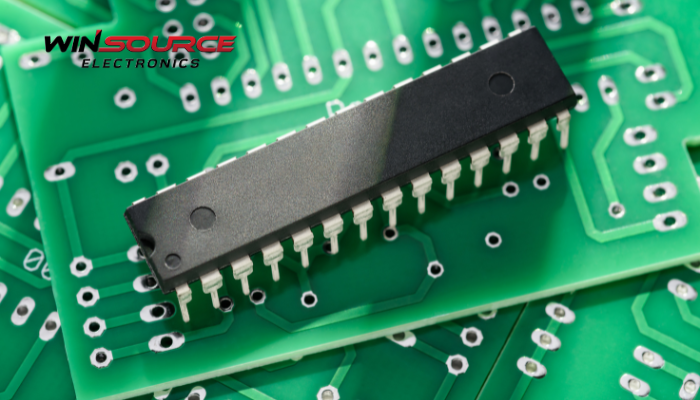
* Question
What are the main performance indicators of the device HA22004P?
* Answer
The HA22004P is a quad operational amplifier from Intersil (now part of Analog Devices). It is a high-performance op-amp designed for precision signal processing applications, featuring low noise, low offset voltage, and high gain bandwidth. The HA22004P is typically used in systems requiring multiple op-amps in one package, like analog signal conditioning and filtering.
Here are the main performance indicators for the HA22004P operational amplifier:
Table of Contents
Toggle1. Input Offset Voltage (V_os)
- Typical: 250 µV
- Maximum: 500 µV
- The input offset voltage is a measure of the voltage difference between the inverting and non-inverting inputs required to make the output zero when the op-amp is in a closed-loop configuration. Lower values are preferable for precision applications.
2. Input Bias Current (I_b)
- Typical: 100 nA
- Maximum: 200 nA
- The input bias current is the average of the DC currents required by the op-amp’s inputs to properly operate the internal transistors. A lower input bias current is preferred for high-impedance signal sources.
3. Input Offset Current (I_os)
- Typical: 20 nA
- Maximum: 40 nA
- The input offset current is the difference in the bias currents between the inverting and non-inverting inputs. Smaller values of offset current help minimize errors in differential measurements.
4. Gain Bandwidth Product (GBP or GBW)
- Typical: 1.5 MHz
- This value represents the product of the amplifier’s bandwidth and its closed-loop gain. It defines the frequency range over which the op-amp can amplify signals effectively while maintaining its specified gain.
5. Slew Rate (SR)
- Typical: 0.3 V/µs
- The slew rate is the maximum rate at which the output voltage can change. A higher slew rate is preferable for applications with high-frequency signals or fast changes in the input signal.
6. Power Supply Voltage (V_s)
- Minimum: ±3 V
- Maximum: ±18 V
- The op-amp operates with dual power supplies, and the specified voltage range ensures proper functioning across various application environments.
7. Output Voltage Swing
- Typical: ±12 V (at ±15 V supply)
- The output voltage swing is the range within which the output voltage can vary in response to input signals, without distortion or clipping.
8. Common-Mode Rejection Ratio (CMRR)
- Typical: 100 dB
- Minimum: 80 dB
- CMRR is the ability of the op-amp to reject common-mode signals (signals that appear simultaneously on both the inverting and non-inverting inputs). A higher CMRR indicates better rejection of noise or interference.
9. Power Consumption
- Typical: 4 mA (per amplifier)
- The power consumption of the HA22004P is relatively low, which is typical for op-amps, making it suitable for battery-operated or low-power applications.
10. Total Harmonic Distortion (THD)
- Typical: 0.002%
- Maximum: 0.005%
- THD is a measure of the distortion introduced by the amplifier. Low THD is critical in high-fidelity audio and precision signal applications, as it ensures minimal alteration of the input signal.
11. Output Drive Capability
- The HA22004Pcan drive relatively low loads and can typically source or sink currents of around 10 mA (per op-amp) to drive standard loads.
12. Temperature Range
- Operating Temperature: -40°C to +85°C
- The op-amp is rated for industrial and commercial temperature ranges, making it suitable for a wide range of environments.
Summary of Key Performance Indicators:
- Input Offset Voltage: 250 µV (typical)
- Input Bias Current: 100 nA (typical)
- Gain Bandwidth Product: 1.5 MHz
- Slew Rate: 0.3 V/µs
- Supply Voltage: ±3 V to ±18 V
- Output Voltage Swing: ±12 V (at ±15 V supply)
- CMRR: 100 dB (typical)
- Power Consumption: 4 mA (per amplifier)
- Total Harmonic Distortion: 0.002% (typical)
- Temperature Range: -40°C to +85°C
These parameters make the HA22004P a good choice for applications that require multiple, low-noise, precision op-amps, such as signal conditioning, active filters, and low-frequency amplifiers.

COMMENTS